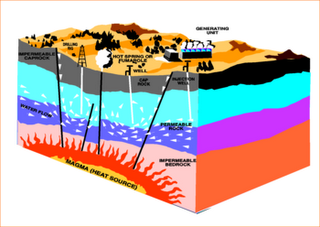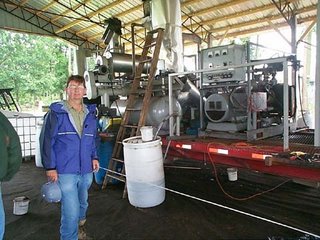How "Environmentalists" Could Achieve Respect

"Environmentalist" is a term often euphemistically substituted for "political activist." Someone with no practical skills and nothing to offer, in other words. Someone always looking for money to help promote a political agenda that has little chance, if any, of improving the world.
Environmentalists could change this general conception of their money-grubbing pencil-pushing polemics by actually creating something meaningful and good. Take the concept of a seascape, for example, and Seascape 1 in particular. This particular seascape is designed for self-sufficiency, sustainability, and extensive use of renewable energy technologies.
Wind turbines, hydro turbines and millions of square feet of solar cells will provide electrical energy for guests and businesses, onboard desalination stations will provide fresh water, and recycled wastewater will be used to irrigate landscaped areas and hydroponic crops for food production. Grassi expects that the fully sustainable environment he envisions will serve as a model for future generations of developers.Source.
If only "environmentalists" could design something useful and practical, and perhaps even build it. That would really show the rest of us what they were made of. It would force us to respect them, rather than to view them with contempt.
It is unlikely for politically oriented "environmentalists" to ever do more than to attack their political enemies, and eternally work toward consolidating political power for the same corrupt reasons as all politicians. We can still always hope, however. At least on the rare occasion that we can spare to actually think about them.
Update: This article displays some of the unsavory tactics that "environmentalists" often use to demonize those with whom they disagree.
....``This is the criminalization of opposition to global warming," says Lindzen, who adds he has never communicated with the auto companies involved in the lawsuit. Of course Lindzen isn't a fake scientist, he's an inconvenient scientist. No wonder you're not supposed to listen to him.
Read more about the dirty laundry of partisan "environmentalists: at the source.
Labels: arcology, CAGW, wind energy


